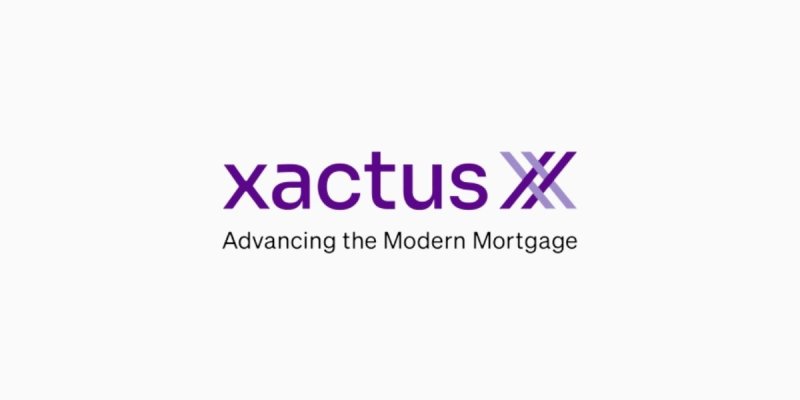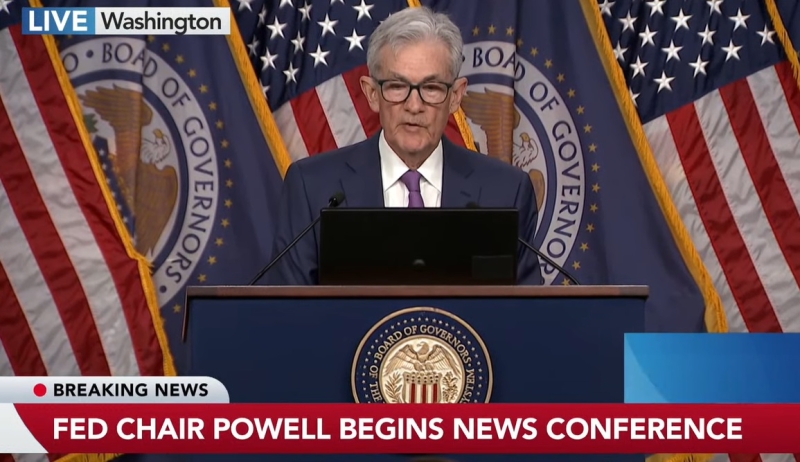
P&I Payment Average Tops $2,500 For First Time In History

ICE Nov. 2023 Mortgage Monitor Report says all factors ‘hammer affordability.’
For the first time in history, average principal and interest (P&I) payments have topped $2,500. They are up $144 per month over the past 30 days. That’s just one of many factors that “hammer affordability,” according to the November 2023 ICE Mortgage Monitor Report.
The report is based on the company’s mortgage, real estate, and public records data sets. Interest rates continue to put significant pressure on affordability, which in turn is affecting homebuyer and borrower demand. As ICE Vice President of Enterprise Research Andy Walden explains, October was a particularly challenging month for prospective homebuyers from an interest rate perspective.
“For all but a single day, interest rates spent the entire month of October above 7.5%, topping out at 7.80% on Oct. 25, according to our ICE U.S. Conforming 30-Year Fixed Mortgage Rate Lock Index,” said Walden. “Mortgage rates haven’t been that high in 23 years, which continues to hammer affordability. The situation was already dire, but recent weeks have seen rates climb to where it now takes nearly 41% of the median monthly income just to make the P&I [principal and interest] payment needed to purchase the median-priced home. That payment has risen by $144 over the past 30 days and now sits above $2,500 a month for the first time in history.
“Keep in mind that record-high payment doesn’t include taxes, insurance, or any HOA [homeowner association] fees that may be part of the homeowner’s monthly expenses. For the last 35 years, the share of income needed to cover P&I has averaged below 25%. Affordability pressure is not coming from interest rates alone, though. The last time affordability was this bad in the 80s, when rates were in the double digits, and the average home was about 3.5 times median income, in stark contrast to today’s price-to-income ratio of nearly 6-to-1," Walden continued.
“Historically tight inventory levels have been further bolstering prices, which hit yet another all-time high in September, with the annual growth rate accelerating to 4.3% from effectively flat just four months before. That said, the pace of monthly gains slowed to +0.39% in September, marking the smallest seasonally adjusted gain since January. Rates are up 75 basis points from when September’s closed sales went under contract, which has cut consumer buying power by another 8% in the time since. Now, with rates above 7.5% and affordability at a 39-year low, it’s fair to expect prices to weaken later in 2023.”
To that end, consumer demand is already showing further signs of stress. Purchase-mortgage applications ran 47% below pre-pandemic levels the week of Oct. 26 – the weakest they’ve been since rates began to rise last year. Though purchase lending should remain lenders’ primary focus given its driven more than 85% of all volume in recent months, Walden noted that recent refinance activity has been primarily equity-driven, cash-out transactions.
“The rate/term refinance market is essentially non-existent today,” Walden said. “In fact, the refinance market in general is but a shadow of what it once was. There are pockets of cash-out lending occurring among a particular set of borrowers, but even that has been a niche market. Given that homeowner equity has risen alongside home prices and is now within 2% of the peaks we saw in 2022, it makes sense that cash-outs would still appeal to some borrowers. Together, U.S. mortgage holders have some $16.4T of equity in their homes. Of that total, $10.6T is what we refer to as ‘tappable equity,’ meaning the amount a homeowner could borrow against while keeping at least a 20% equity stake in their property. Unfortunately, with borrower retention at a 17-year low, lenders are losing customers seeking to tap equity via cash-outs. What’s notable is that they are losing this business not due to their rate offerings, but rather an inability to identify and market to those borrowers likely to transact in today's market.”




